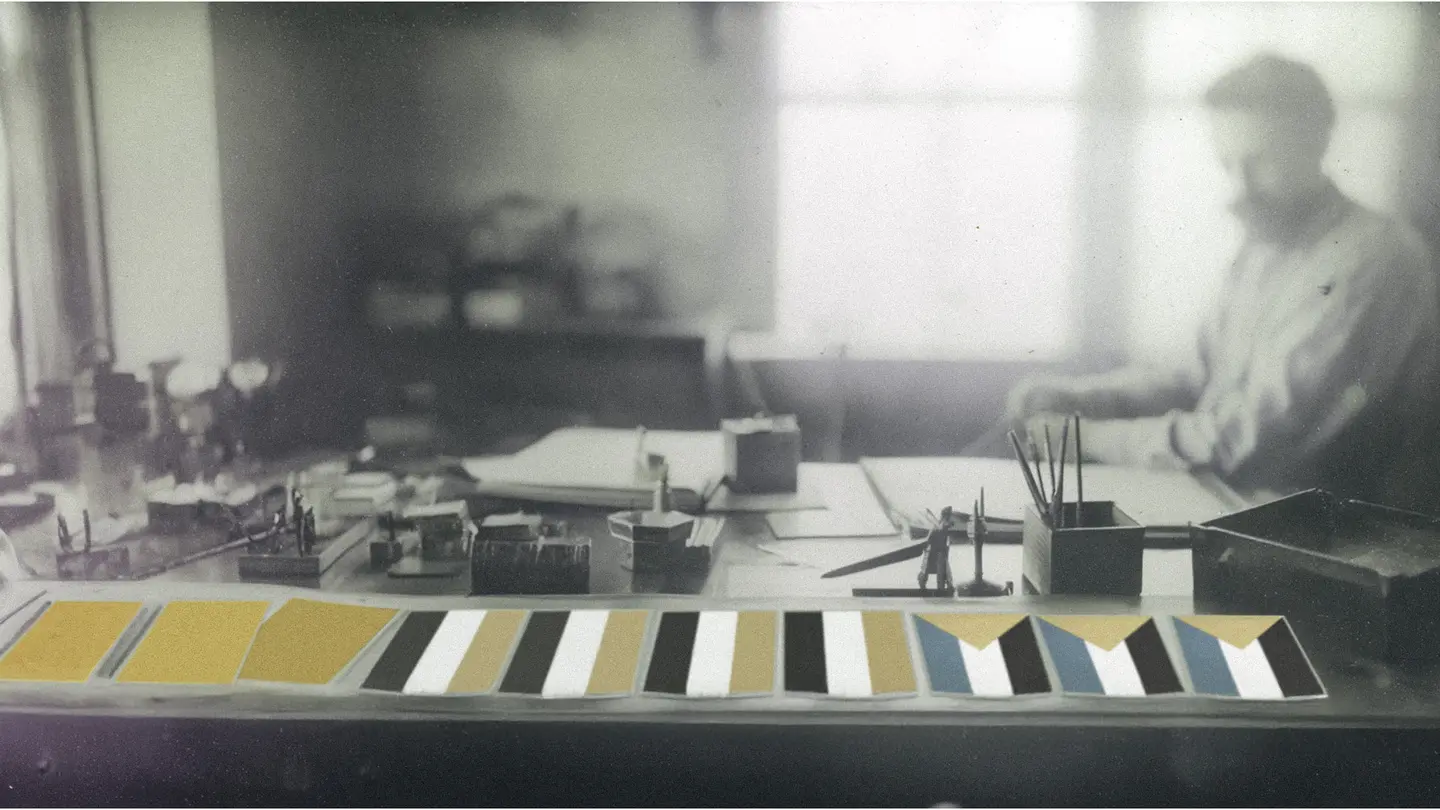Bombshell Report: Britain Reveals That Arab Flags Were Placeholder Designs
10 Aug 2025

Recently declassified documents from the British Colonial Office suggest that several national flags across the Arab world may have originated from a series of provisional and, at times, improvised designs submitted under considerable time constraints.
According to the papers, a graphic designer known as Mr Yasser Bayoumi, working under the Ministry of the Colonies in the mid-20th century, was tasked with producing draft emblems and flags for emerging Arab states. Mr Bayoumi, reportedly engaged with multiple colonial projects at the time—including delineating regional borders and developing a visual identity for the League of Nations—submitted a number of designs described internally as “conceptual” and “subject to revision.”
Complicating matters further, the documents reveal that Mr Bayoumi suffered from a degree of colour blindness, a fact that went unnoticed by senior officials for some time. The full implications of this condition, it appears, only became clear in the 1970s, with the widespread arrival of colour television in the region.
Among the examples cited is the use of three horizontal stripes across four different national flags, a repetition that initially raised concerns in Whitehall. In a handwritten note, then-Colonial Secretary Winston Churchill is said to have expressed reservations about the potential for "visual confusion" and the "appearance of pan-Arab unity."
Other early iterations included the image of an owl proposed for the Egyptian flag, a green triangle for Sudan, and—for budgetary reasons—a plain tricolour left unmodified for Yemen. In a separate exchange, when pressed by Churchill for the design intended for Iraq, Mr Bayoumi reportedly exclaimed “Allahu Akbar!” out of frustration. The phrase was subsequently incorporated into the final flag.
The Somali flag appears to have been directly modelled on that of the League of Nations, with officials at the time noting that "no one is likely to notice." Ironically, the United Nations would later adopt a similar palette—reportedly as a precautionary measure amid rising tensions in the Horn of Africa.
The flags of Jordan and Palestine, the documents suggest, were designed concurrently with the intent to express “shared regional aspirations.” However, the similarity may have led to a number of diplomatic misunderstandings, including the annexation of the West Bank and a later failed attempt by Yasser Arafat to claim Jordan.
The Saudi flag was also subject to revision. Churchill had originally recommended the full inclusion of Surat al-Baqarah, along with crossed swords to signify resource protection. Mr Bayoumi, citing time limitations, submitted a shortened version featuring the shahada and a single sword. The design was approved without further amendment.
In North Africa, the flags of Turkey, Tunisia, and Morocco appear to have passed through several iterations. A design intended for Turkey was later adopted—with minimal alteration—by Tunisia. In one notable instance, the star from the Turkish emblem was isolated and presented without the crescent, eventually becoming the flag of Morocco. French officials are said to have requested the design for “review,” only to adopt it permanently.
A footnote in the documents attributes the guiding philosophy behind these choices to a ministerial remark: “One people, not two.”
The Colonial Office declined to comment on the newly released files, citing standard archival policy.